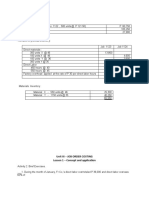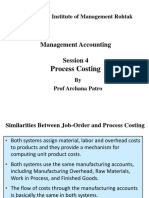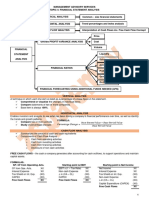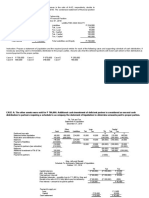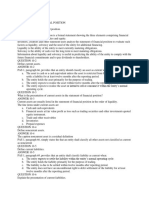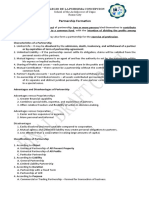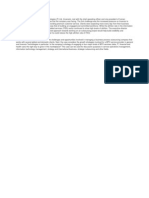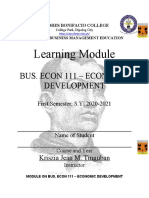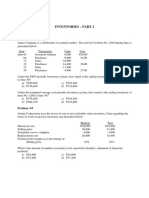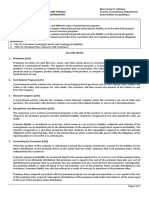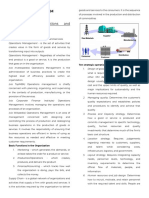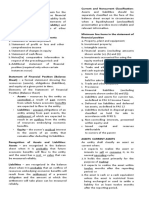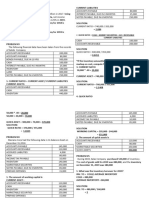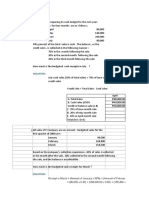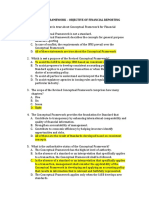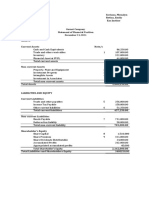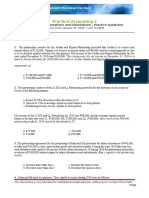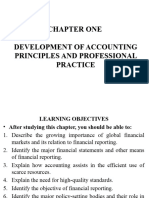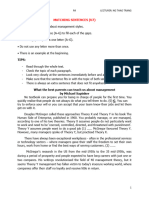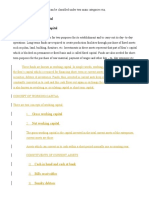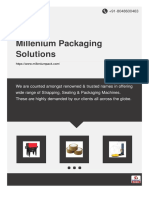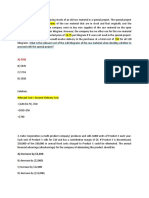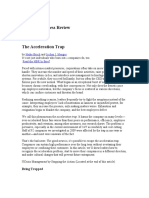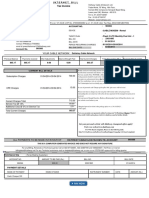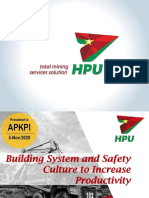0% found this document useful (0 votes)
451 views4 pagesGlobal Financial Reporting Standards
1. Global financial markets have become increasingly integrated, allowing companies expanded choices to raise capital internationally and investors to invest across borders. A single set of international accounting standards called IFRS is now used in over 149 countries.
2. Accurate and timely financial reporting is critical to facilitate efficient capital allocation across borders. Investors need comparable financial information to make informed investment decisions between companies in different countries.
3. Adopting a single set of high-quality international accounting standards ensures adequate comparability for investors to compare performance and make capital allocation decisions between companies globally.
Uploaded by
Athena LedesmaCopyright
© © All Rights Reserved
We take content rights seriously. If you suspect this is your content, claim it here.
Available Formats
Download as PDF, TXT or read online on Scribd
0% found this document useful (0 votes)
451 views4 pagesGlobal Financial Reporting Standards
1. Global financial markets have become increasingly integrated, allowing companies expanded choices to raise capital internationally and investors to invest across borders. A single set of international accounting standards called IFRS is now used in over 149 countries.
2. Accurate and timely financial reporting is critical to facilitate efficient capital allocation across borders. Investors need comparable financial information to make informed investment decisions between companies in different countries.
3. Adopting a single set of high-quality international accounting standards ensures adequate comparability for investors to compare performance and make capital allocation decisions between companies globally.
Uploaded by
Athena LedesmaCopyright
© © All Rights Reserved
We take content rights seriously. If you suspect this is your content, claim it here.
Available Formats
Download as PDF, TXT or read online on Scribd
/ 4






